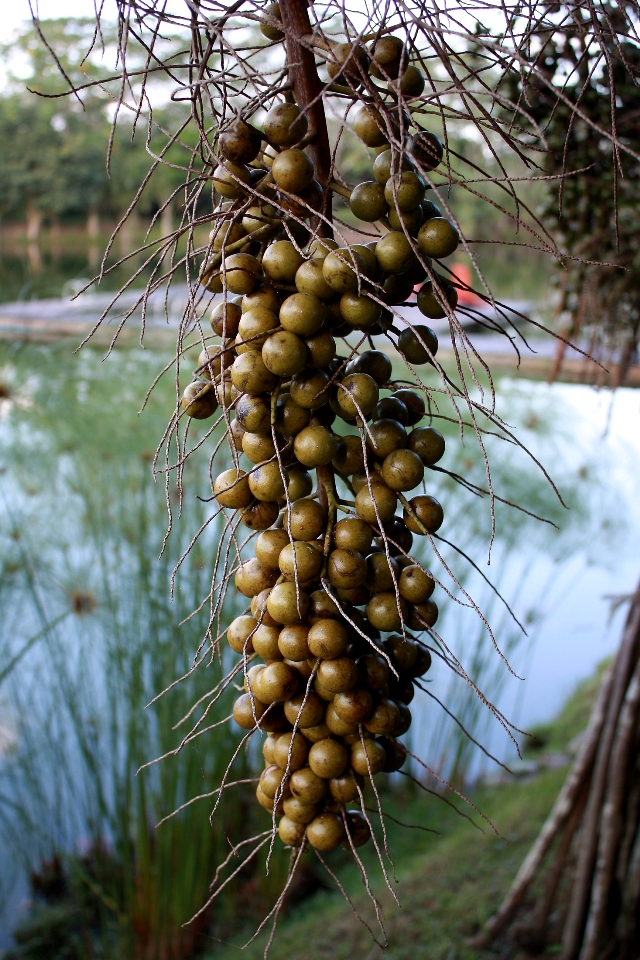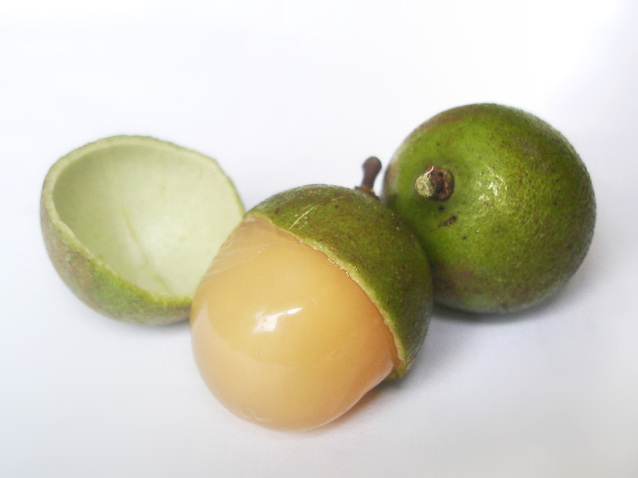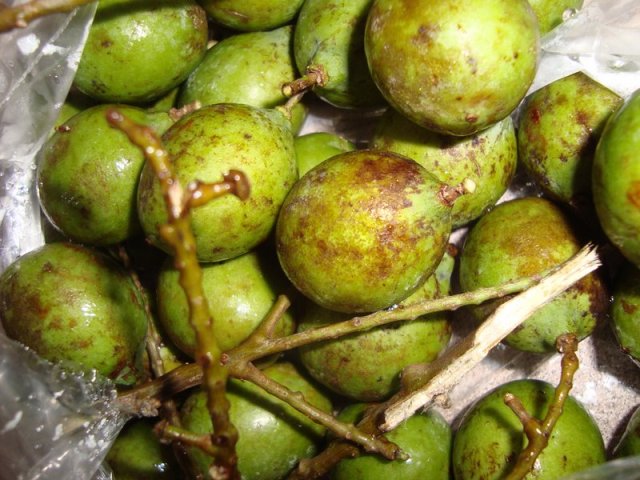Guinep: Origins - Consumption - Nutrition Facts - Health Benefits
|
|
|
Contents
- Geographic origin and regions grown
- Common consumption today
- Nutrition Facts: Vitamins, minerals and phytochemical components
- Health Benefits: Medicinal uses based on scientific studies
- Bibliography
Geographic Origins and Regions Grown

The guinep would have to be my favorite exotic fruit. Of course it is one I don’t often get my hands on due to its seasonality, because I’m seldom in the tropics in summer when they are ripe. This fruit is found on trees in many parts of the American tropics, such as central and tropical South America along with the Caribbean and South Florida.
It is native to northern South America and Margarita. Though not native to these areas, guinep trees have been grown in California, Hawaii, the Philippines, Bermuda and Israel. It grows best in warm climates since it sustains serious frost damage at freezing temperatures.
Guinep, mamoncillo, Spanish lime, and limoncillo are just a few of the variations on its name. Interestingly enough, it has a different name in almost every country it is grown, such as ackee in Barbados, skinnip in St. Kitts and honeyberry in Guyana.
The mamoncillo is a small oval green-colored marble-sized fruit that typically grows in clusters of twelve or more from a single stem. Mamoncillo trees are huge, often as tall as 85 feet, making them easy to recognize but hard to pick the fruit from.
Common Consumption Today

Similar in shape and size to a large green olive, the outer flesh of the mamoncillo is hard and brittle. It is easily split and peeled away to expose a cream to yellow colored translucent gelatinous flesh, which is very sweet tasting.
It is a wonderful finger sized snack similar to the size of grapes. The fruit needs to fully ripen on the tree for optimal flavor and for it to last longer for transportation or exportation.
Also known as a Spanish lime or limoncilla, this fruit is often served in beverages like a lime or as a delicious juice drink of its own. I know I like to accessorize my beverages with fruit.
Unfortunately we usually think only of a lemon or lime to enhance a beverage but should probably explore how we could expand our experience to include a fruit like the mamoncillo. This tangy and sweet fruit is likened to a lychee with a twist of lemon. Oh, the possibilities!
The large seed of the same shape as the mamoncillo can be eaten roasted like other seeds and nuts. There is usually only one hard-shelled seed, though it is not uncommon to find “twin” guineps that have two hemispherical seeds.
Since the seeds are so large relative to the whole fruit, the pulp is usually only 40 to 59 percent of the entire weight of the fruit. I can’t even begin to emphasize just how many purposes this fruit serves.

This green fruit grows in bunches and ripens during the summer. This fruit is often compared to a lychee and is classified as a drupe like the lychee, which makes them related in the fruit world. The thin, taut layer of skin is cracked by your teeth to expose the pulp.
The tart, fibrous pulp is then sucked from the seed where it is well-attached for consumption. Most parents do not let young children eat guineps since the seed is the perfect size for them to choke on if accidentally swallowed while sucking the pulp off of it.
Take care when eating this fruit as any brownish colored stains from the pulp left behind on your clothing is permanent or will certainly give you a run for your money in attempts to remove it.
Nutrition Facts: Vitamins, Minerals and Phytochemical Components
It is part of the Caribbean Food Group for its fiber, mineral, and vitamin content. The fruits contain measurable quantities of calcium, phosphorus, iron, vitamin A, vitamin B1, vitamin B2, vitamin B3, vitamin C along with the amino acids tryptophan and lysine.
Health Benefits: Medicinal Uses Based on Scientific Studies
Roasted astringent seed kernels are mashed then mixed with honey to stop diarrhea. For intestinal complaints, an enema derived from the leaf is reported to be effective (1).
Unfortunately there is so little research on the medicinal benefits of guinep, mainly due to it being so exotic. As it is beginning to be studied more in the US (mostly in South Florida), there should soon be more studies to back up the existing folk medicine uses.
Bibliography
1. Facey, P.C., Pascoe, K. O., Porter, R. B., & Jones, A. D. (1999). Investigation of Plants used in Jamaican Folk Medicine for Anti-bacterial Activity. Journal of Pharmacy and Pharmacology, 51(12), 1455-1460.
Disclaimer
Nutritiousfruit.com provides this website as a service. Although the information contained within the website is periodically updated, no guarantee is given that the information provided is correct, complete, and/or up-to-date. The materials contained on this website are provided for general information purposes only and do not constitute legal or other professional advice on any subject matter. Nutrtiousfruit.com does not accept any responsibility for any loss, which may arise from reliance on information contained on this website. The information and references in this website are intended solely for the general information for the reader. The content of this website are not intended to offer personal medical advice, diagnose health problems or to be used for treatment purposes. It is not a substitute for medical care provided by a licensed and qualified health professional. Please consult your health care provider for any advice on medications.
Didn't find what you were looking for? Search here...

Amazon Search Box:
Did you like this page?
|
|
|




